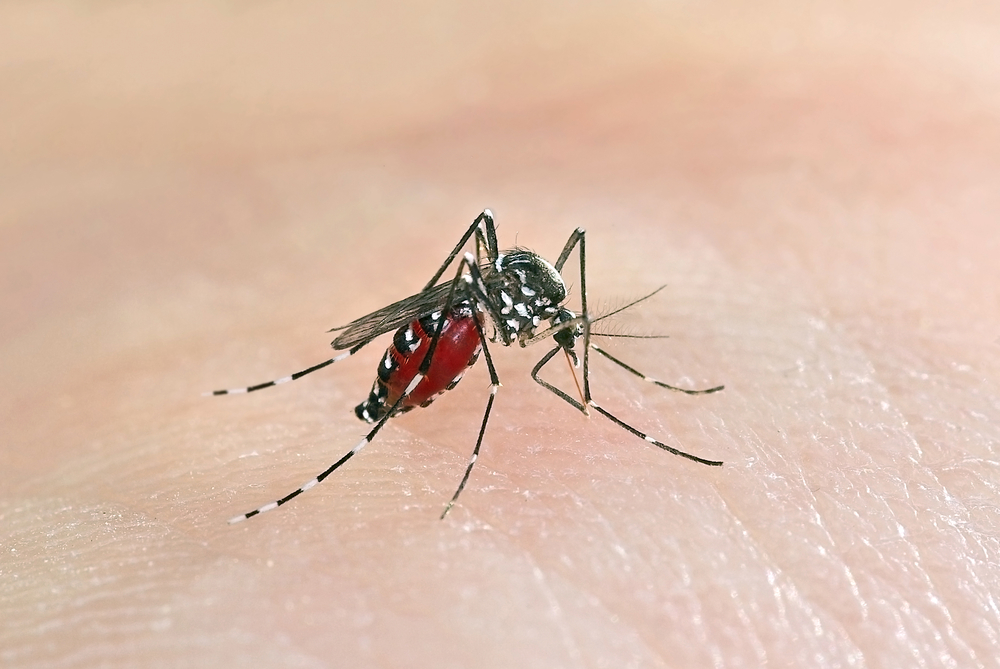Chikungunya Fever: Will the Virus Spread to the US?

Health experts are concerned that chikungunya fever — a debilitating mosquito-borne disease that was once confined to Africa and Asia — has now spread to the Caribbean and may soon begin to make its way across North and South America.
An infection with the chikungunya (chik-un-GUN-ya) virus causes severe pain, high fever, headache, nausea, vomiting and rash. The name is derived from an East African word for "that which bends," a reference to the posture adopted by infected people who are stooped over from intense joint pain.
And though the disease can't be spread directly from person to person, a mosquito that bites a person who's infected with the virus can easily spread the disease by biting another person, according to the Centers for Disease Control and Prevention (CDC). [7 Devastating Infectious Diseases]
The spread of chikungunya was first reported by the World Health Organization (WHO) in December 2013, after 10 residents on the Caribbean island of St. Martin were confirmed to have the disease.
In the months since then, chikungunya has spread to other Caribbean countries, including popular tourist destinations such as Guadeloupe, Martinique and the British Virgin Islands.
Will chikungunya spread to the US?
The disease isn't unknown in the United States, but all previous documented cases have been in people who traveled outside the United States to countries where chikungunya is established, and were not caused by infected mosquitos within the United States.
Get the world’s most fascinating discoveries delivered straight to your inbox.
That may change, however, since the mosquitos that carry the virus — Aedes aegypti and Aedes albopictus — are already found in the United States. Some experts worry that it's only a matter of time before chikungunya fever spreads to the United States.
"We definitely should be concerned," said Laura Harrington, a professor of entomology at Cornell University who specializes in the spread of chikungunya and other tropical diseases.
The death rate from chikungunya is fairly low — about 1 to 2 percent — "but it does cause a lot of discomfort," Harrington told Live Science. Most of the deaths caused by the disease are among the elderly or people with compromised immune systems.
And because the virus has an incubation period of from two to 12 days, according to the CDC, people carrying the disease often won't know they have it.
Climate change and chikungunya
Another factor contributing to the spread of chikungunya is the gradual warming of the Earth resulting from climate change. "I think it can play a really important role," Harrington said.
She notes that some of the hallmarks of climate change — specifically, an increase in rainfall and an increase in average temperature — make perfect conditions for the spread of the two mosquitos that can carry the chikungunya virus.
A. albopictus, commonly known as the Asian tiger mosquito, is now well-established in the southern United States, having arrived in the mid-1980s. And as the climate warms, "it's gradually moving northward," Harrington said — the mosquito is already found as far north as New York City.
Stopping the spread
To combat the spread of chikungunya and other mosquito-borne diseases, experts recommend practical measures such as eliminating standing bodies of water (where mosquitos often breed) under potted plants and in spare tires, using mosquito nets, wearing long-sleeved shirts and long pants, and applying mosquito repellents.
These tips are especially important for people who already have the infection, since a mosquito can spread the disease to another person through its bite.
If there's any upside to the pain and misery of a chikungunya infection, which only rarely lasts more than a week, it's this: Once a person is exposed to the virus, the body is protected from reinfection for a lifetime, scientists say.
Follow Marc Lallanilla on Twitter and Google+. Follow us @livescience, Facebook & Google+. Original article on Live Science.



